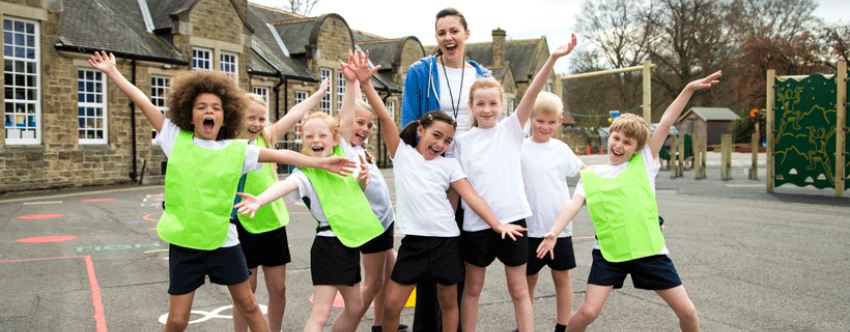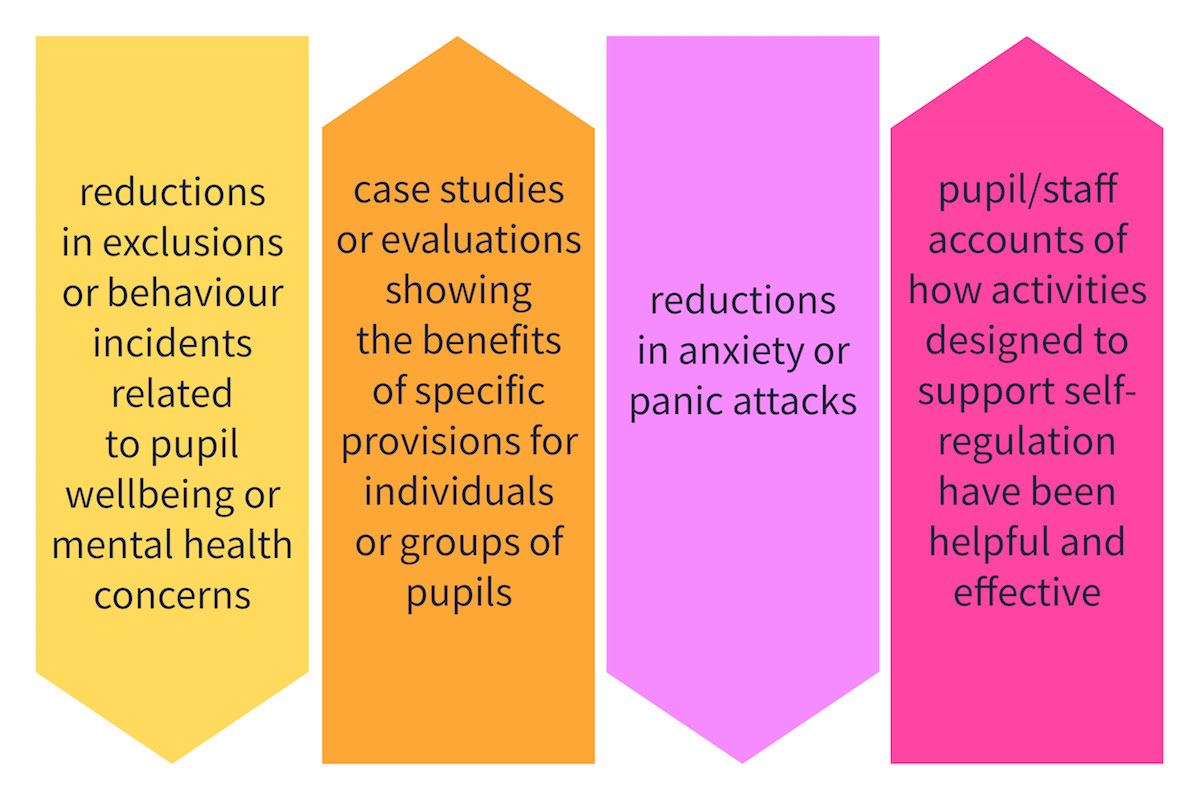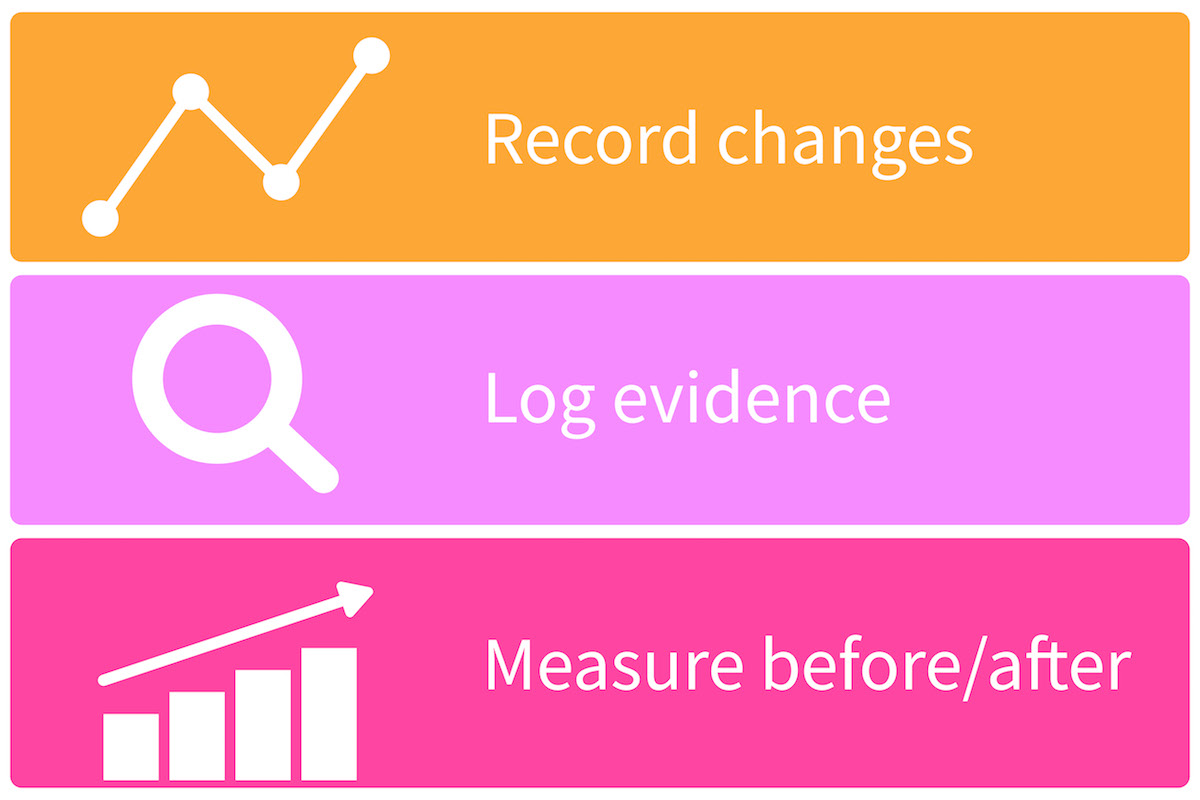News & Views

Measuring impact: How do I know it's working?
The School Impact Awards offer a quick, cost-effective way to demonstrate improvements in whole-school provision – but what does 'impact' look like and how can it be measured?
So what does evidence of impact look like?
Impact is not about what you have done but about its effect – what has improved due to those actions. This might come from various sources – for example, records showing changes in the number of bullying incidents, reporting of mental health concerns or staff turnover – but it could also come from surveys, interviews, feedback from focus groups or case studies. The key is to identify measures demonstrating an action or intervention's 'before and after' effects.
When undertaking a School Impact Award, schools choose from eight key areas (known as 'benchmarks') and then select three targeted interventions or actions ('intentions') to help them create impact within each of their chosen benchmarks. The supporting materials include extensive guidance on what such impact might look like and how to measure it. For example, the Pupil Wellbeing Award includes a benchmark focusing on emotional wellbeing and mental health. One of the intentions schools can choose to address is providing strategies to help pupils self-regulate their emotions. The award guidance describes many ways schools might evidence such interventions' impact. For example:

Of course, staff will already be collecting some of this evidence for their own monitoring, so completing the awards doesn't necessarily involve designing many new ways to measure impact – although schools may want to utilise some of the suggested approaches to make their procedures more effective.
Encouraging pupil proactivity
Another area that the Pupil Wellbeing Award looks at is ensuring that pupils understand the relationship between physical health and wellbeing. Again, schools choose from a range of intentions related to physical activity, healthy eating, sleep and relaxation or active travel. Actions might include:
- incorporating regular physical 'breaks' across the day or signing the school up to the Daily Mile and encouraging all staff and students to participate
- engaging pupils as food ambassadors (they could set up cookery clubs or consult pupils about menus and planning lunch and breakfast club menus)
- encouraging students to keep a sleep diary to help them understand their sleeping habits
- developing cycling and scooter skills by organising competitions such as obstacle courses
- offering rewards for active travel – for example, stickers to redeem against rewards or raffles with prizes.
Measuring impact
Schools can measure the impact of their actions in these areas by, for example:
- recording pupils' increased levels of physical activity or active travel to and from school
- evidence of improvements in children's diets or sleep habits from food and sleep diaries
- increases in pupils' knowledge of what they can do to help themselves relax before bed and at other times.

As well as providing evidence of impact for the awards, many of these activities help pupils monitor their learning and can link to existing rewards systems. Even more importantly, they establish processes that they can use to measure the effect of any actions designed to promote school improvement.
These examples are just a small number of those included in the award guidance, which also contains monitoring tools and information on a range of approaches that schools can use to measure the impact of actions aimed at improving outcomes for pupils and staff.
Many other awards primarily require schools to produce evidence of what they are doing (such as schemes of work, policies or other materials). However, by focusing on the effectiveness of this provision, the School Impact Awards ensure that interventions are effective and make the journey toward accreditation simpler and quicker. Read about the Richard Rose Morton Academy's experience of achieving the Gold Pupil Wellbeing Award.
Is it time to boost the impact of your school's pupil wellbeing activities? Sign up for the Pupil Wellbeing Award.
About the author

Mark Jennett is a trainer, consultant and writer specialising in wellbeing, mental health, PSHE and equality and diversity. He is also the lead adviser on Optimus Education’s Wellbeing Award for Schools.